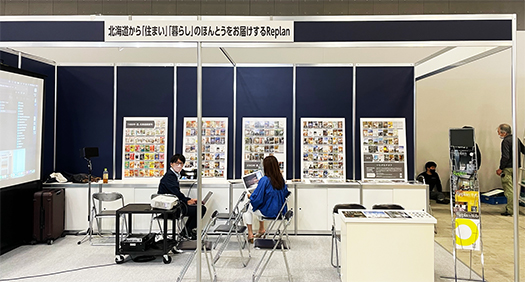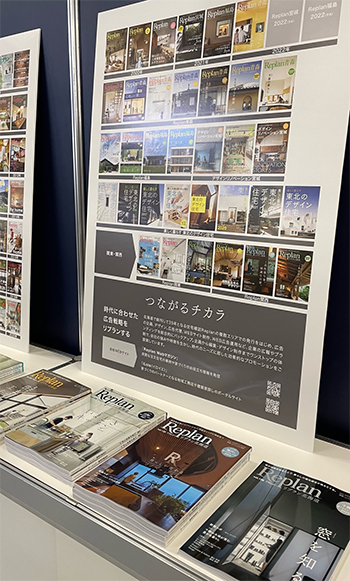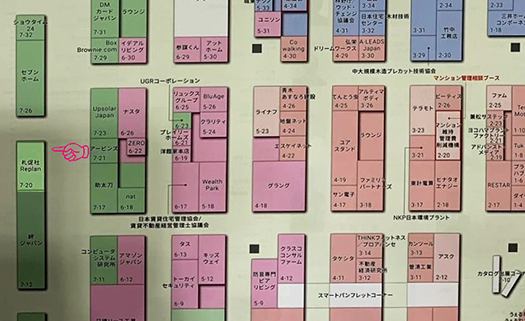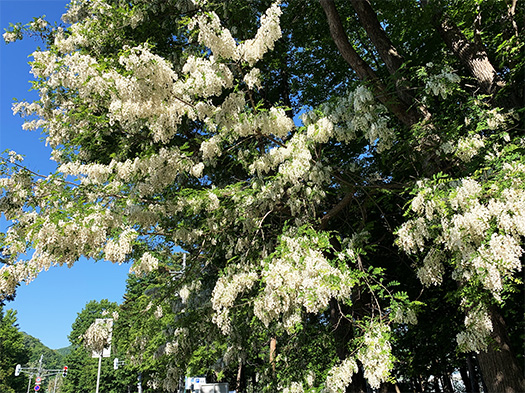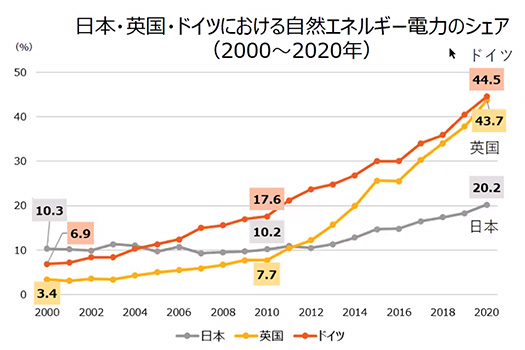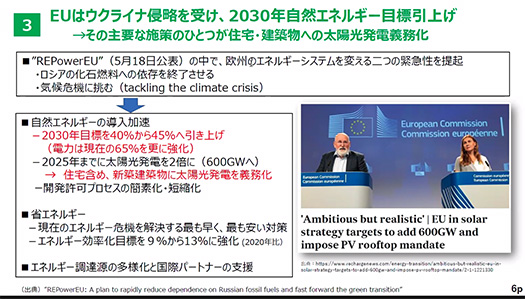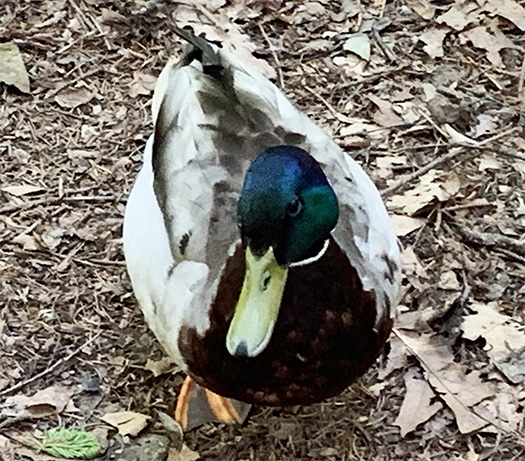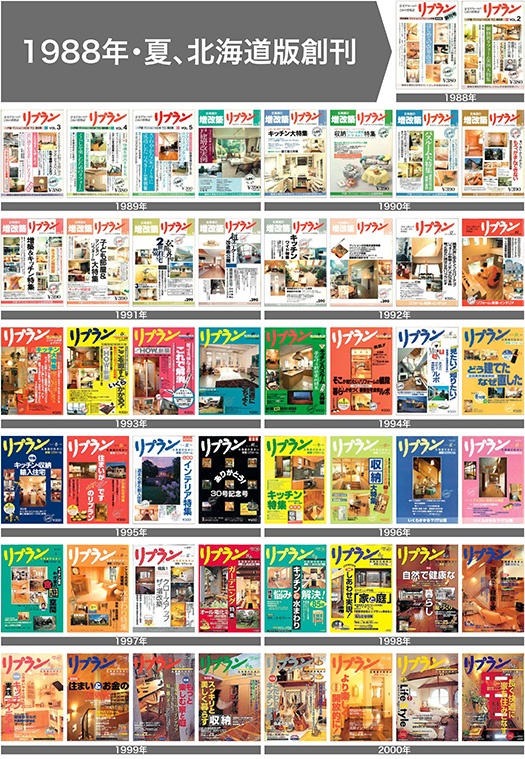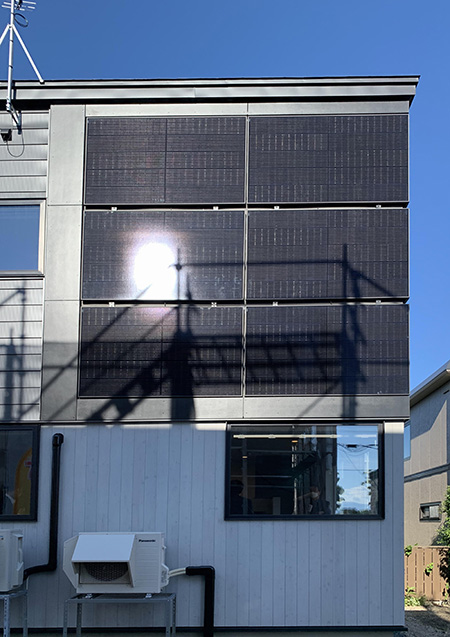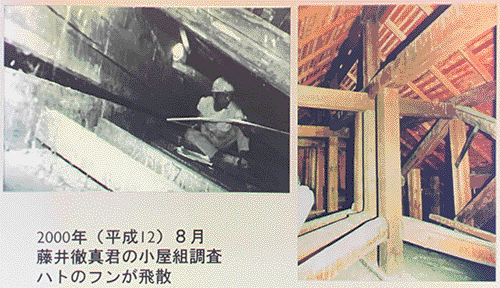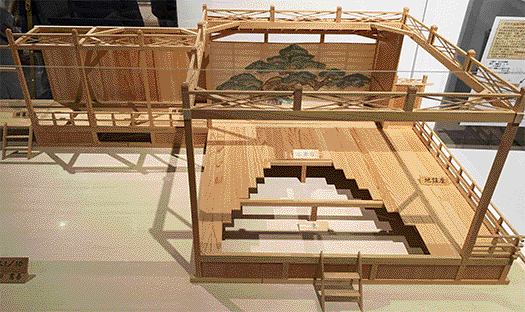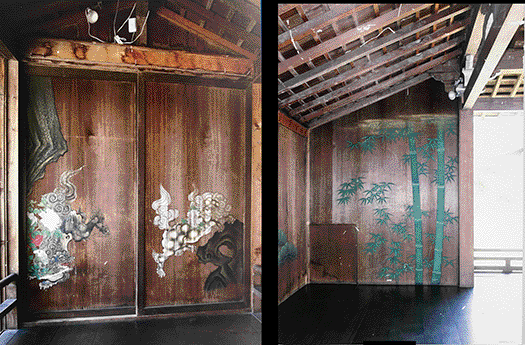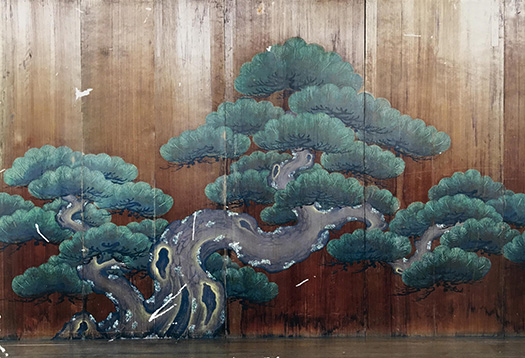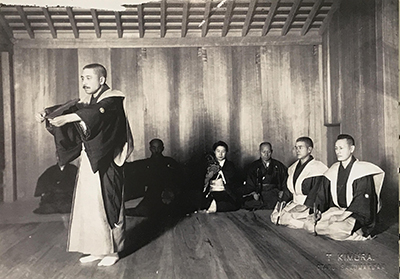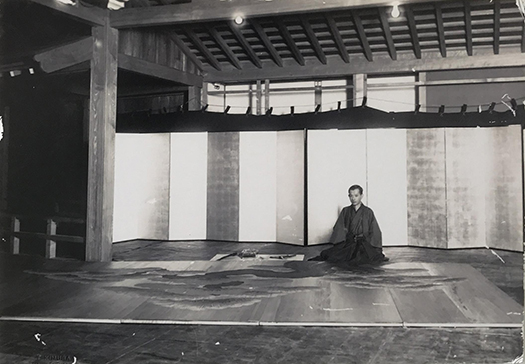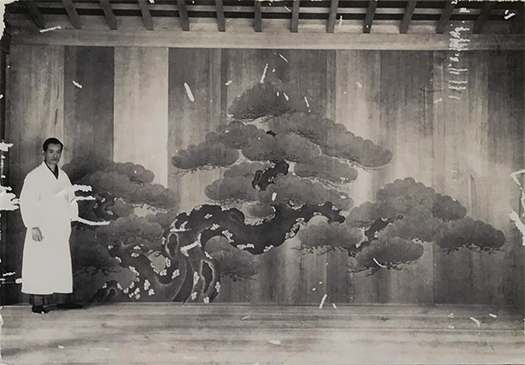
昨日、契約しているauさんが端末交換のために来社。
わたしのiPhone機種も交換されることになりました。
自分としてはどうでもいいと思っていたのですが、
会社としての管理上、コスパも踏まえて定期的にアップグレードする方が
合理性も高いという判断からであります。
で、毎度のことであり、また仕方ないということでもありますが、
機種交換には各アプリの再認証が不可欠の作業になる。
メンドいし、アプリ毎に違うパスワードにならざるを得ないので
作業はチョー複雑で、混乱のるつぼに叩き込まれる。
わかっているのに立ち向かわざるを得ない難行苦行であります(泣)。
まぁこういう機会に不要なアプリの断捨離も同時並行しようと
いつもやるのですが、またすこしづつ増えていくことになる。
「お客さま、できればアプリを・・・」と
親切そうにススメられると、「ま、しょがないか」と弱い意志で承諾する。
で、「パスワード入力をお願いします」とスマホを逆向きに渡される。
「あ、これこれ、恐怖の大魔王」
という無限ループに多くの人は叩き込まれているのでしょう。
こういう一般ピープル的現実認識もマーケッター視点では重要なので
いわば「共存共苦」を耐え忍ぶ、みたいな心理で応諾するのですが・・・、
現代世界はいつこの「パスワード」地獄から脱却できるのだろうと考え込む。
しかしそういう難行苦行も回を重ねてくると、いわば自虐的に
なかばはレクリエーションのようにも思えるので不思議。
加齢による機械操作能力の減衰を定期チェックで賦活させる効果があるかも。
ちょうど運転免許の定期的な更新にも似た現代的「通過儀礼」。
ひとつひとつ課題をクリアしていくことは
一種の「ゲーム」性も持っているのかなぁと思ってきています。
ふしぎな快感も脳味噌に残る作業性を持っている。
とりあえず絶対必要なアプリ対応をその都度行って、
あとはほぼ使わなかったものが逆にあぶり出され、ゴミ箱行きが峻別される。
頭の体操のイマドキ版、というようにも考えられるのでしょうか。
年寄りとしては反応力の敏捷性維持として前向きにとらえられるかも。
おっと、嘆き悲しむ気分で書き始めたのに
結論としては積極的な結論に陥りつつある(笑)。
これは現代テクノロジーへのシュールな肯定感なのかも知れません。
まだまだ、人類進化には対応して頑張るぞっと。
English version⬇
[iPhone Model Replacement – Password Hell (Crying)
A sad hell of submission and slavery to smartphones and modern tech. But I also experienced a sense of “liberation” in its own way. I’m still trying my best to keep up with the evolution. …….
Yesterday, my contracted au company came to my office to replace my device.
My iPhone model was also to be exchanged.
I didn’t think it was important for me.
I thought it was fine with me, but the company decided that it would be more reasonable to upgrade my iPhone regularly for management and cosmetic reasons.
I thought it was not important for me, but I decided that it would be more reasonable for the company to upgrade the iPhone models periodically for management and cosmetic reasons.
So, as is the case every time, and as is inevitable, we decided to replace the phone with a new one.
When replacing a model, re-authentication of each app is an indispensable part of the process.
It’s a pain, and each app has to have a different password.
The process is very complicated and puts you in a crucible of confusion.
It is a difficult task that I have to face even though I know what I am doing (tears).
Well, I always try to use this kind of opportunity to declutter unnecessary apps at the same time.
I always try to get rid of unnecessary apps at the same time, but the number of apps is increasing little by little.
When I am kindly recommended to use an app if possible, I am always told, “Sir, I’d like to use an app if you don’t mind…
I will accept with a weak will, saying, “Well, it can’t be helped,” when someone kindly recommends it.
Then, the phone is handed to me upside down, saying, “Please enter your password.
Ah, here it is, the Daimajo of Fear.
Many people are probably trapped in this endless loop.
This kind of general awareness of reality is also important from a marketer’s point of view.
I accept it with the mindset of enduring “co-existence and co-prosperity,” so to speak…
I wonder when the modern world will break free from this “password” hell.
However, as the number of times I have gone through such a difficult and painful experience increases, it seems to become a kind of self-deprecation.
It is strange that such a difficult and arduous task seems to be a kind of self-deprecating recreation.
Perhaps the periodic checkups have the effect of revitalizing the declining ability to operate machines due to aging.
It is a modern “rite of passage” similar to the periodic renewal of a driver’s license.
Clearing one task at a time has a kind of “game” aspect.
I am beginning to wonder if completing tasks one by one has a kind of “game” quality to it.
It has a workability that leaves a mysterious pleasant sensation in your brain.
For the time being, I will only do the absolutely necessary application support on a case-by-case basis, and then I will start to use the other applications.
The rest of the time, things that are almost never used are revealed, and the trash can be sorted out.
Can you think of it as an “imaginary” version of mental gymnastics?
As an old person, I might see it as a positive way to maintain agility in reaction.
Oops, I started to write this in a grieving mood.
I am falling into a positive conclusion (laugh).
This may be a surreal affirmation of modern technology.
I’m still going to do my best to keep up with human evolution.
Posted on 6月 17th, 2022 by 三木 奎吾
Filed under: Mac.PC&DTP, 状況・政治への発言 | No Comments »


